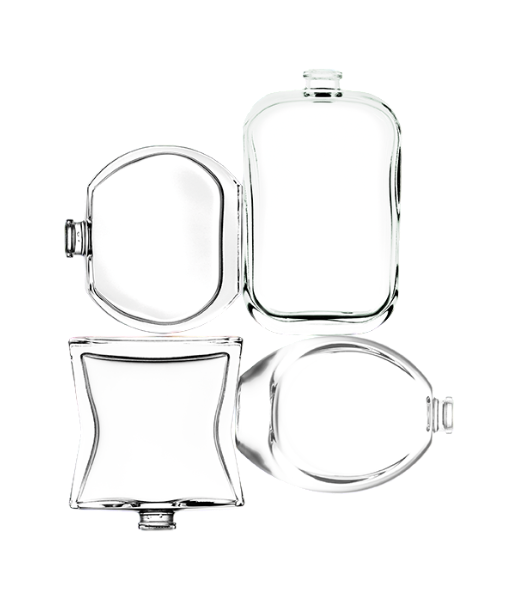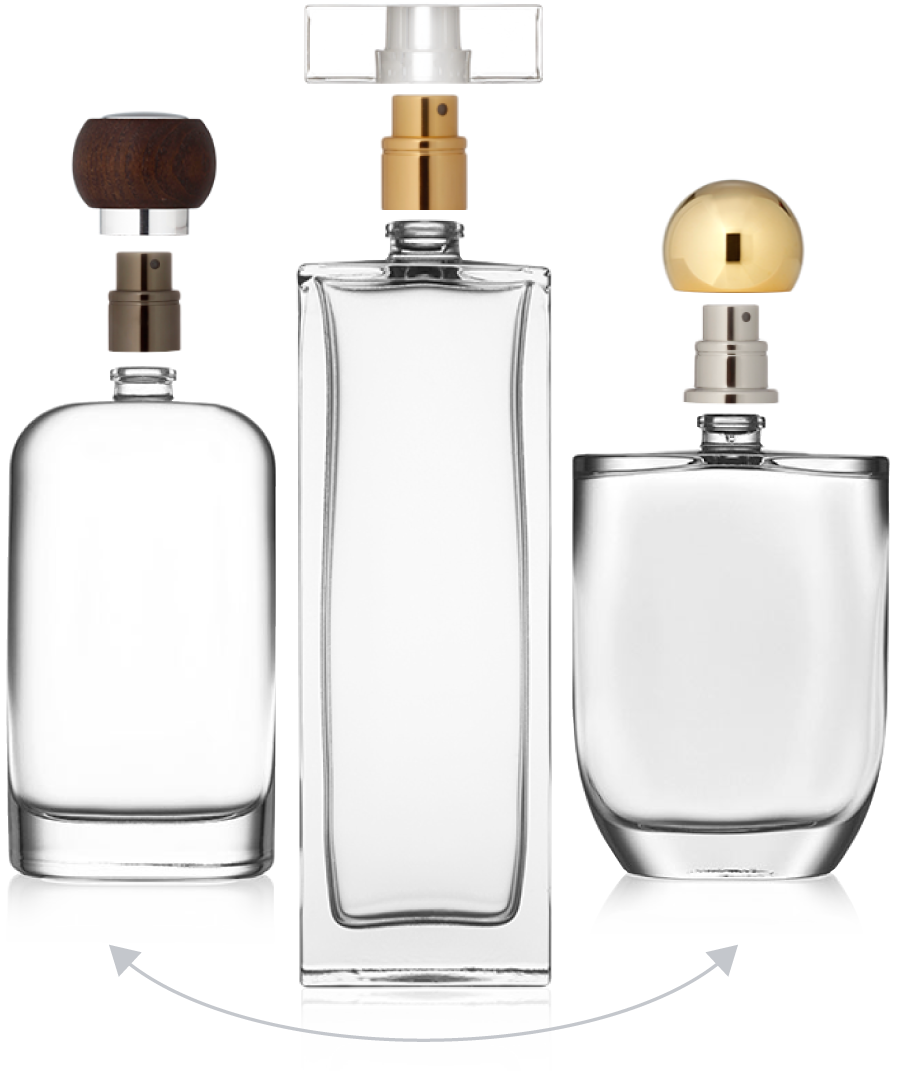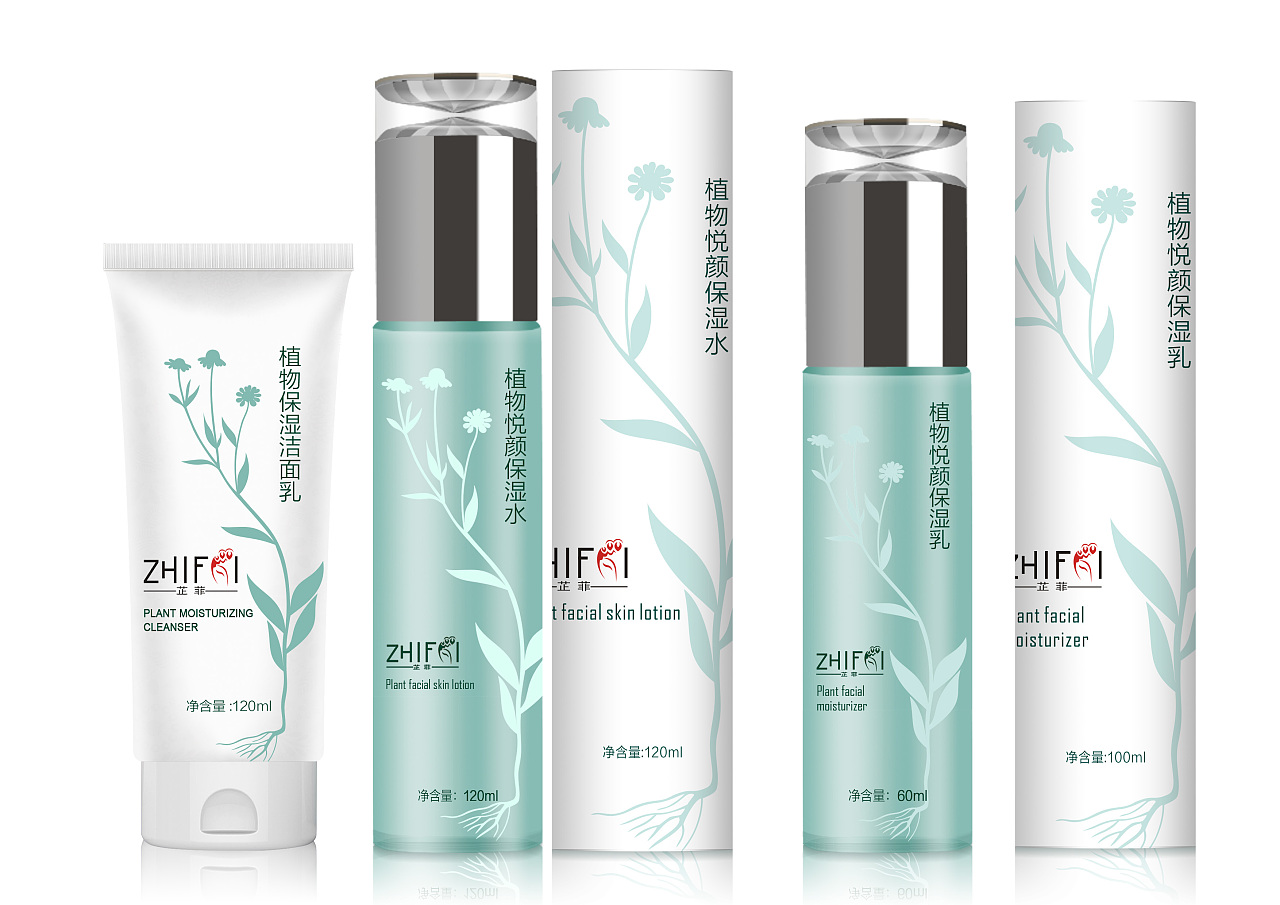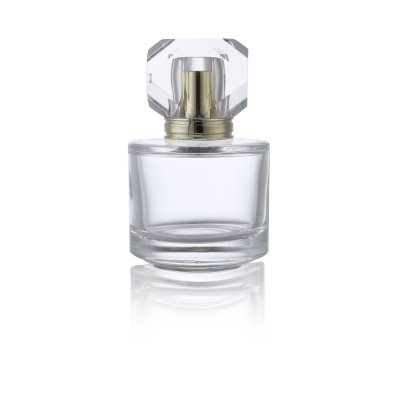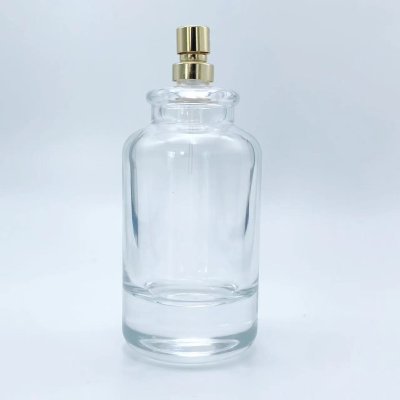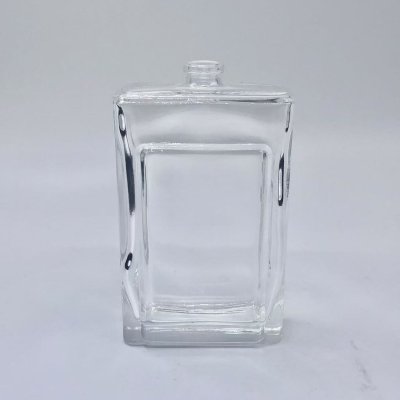Premium Knowledge Base | Understanding the Basics for Purchasing Glass Containers
Introduction
The main characteristics of glass containers are that they are non-toxic and odorless; they are transparent, have free-form designs, attractive surfaces, good barrier properties, and are not permeable to gases. They are made from abundant materials, affordable, and reusable. Additionally, they are heat-resistant, pressure-resistant, and easy to clean. They can be sterilized at high temperatures or stored at low temperatures, ensuring that the contents remain stable over long periods. Due to these many advantages, they are widely used in the packaging industry for daily chemical products. This article introduces some basic knowledge about glass bottles, which can help newcomers in procurement get up to speed quickly. Given the limitations of the author, please feel free to leave comments pointing out any errors so we can correct them.
Product Definition
In the cosmetics industry, glass containers (also known as glass bottles) are made by blending materials such as quartz sand, limestone, barium sulfate, boric acid, borax, and lead compounds with auxiliary materials like clarifiers, colorants, decolorizers, and opacifiers. These materials are processed into packaging products through techniques like drawing and blowing.
Manufacturing Technique
1. Molding Process
First, molds need to be designed and manufactured. The primary raw material is quartz sand, which is mixed with other additives and melted at high temperatures into a liquid state. This liquid is then injected into molds, cooled, trimmed, and tempered to form glass bottles.
2. Surface Treatment
Glass bottle surfaces can undergo treatments like spraying and UV electroplating to personalize the product. The spraying production line typically consists of a spray booth, overhead conveyor, and oven. Pre-treatment water handling is crucial for glass bottles, especially concerning wastewater disposal. The quality of the spraying depends on factors such as water treatment, surface preparation of the workpiece, the conductivity of the hangers, air volume, amount of powder sprayed, and the skill level of the operators.
3. Graphic Printing
On the surface of glass bottles, processes like hot stamping, high-temperature/low-temperature ink screen printing, and labeling can be applied.
Product Structure
1. Bottle Body
By Mouth: Wide-Mouth Bottles, Narrow-Mouth Bottles
By Color: Common White Glass, High-Quality White Glass, Crystal White Glass, Milk White Glass, Amber Glass, Green Glass, etc.
By Shape: Cylindrical, Elliptical, Flat, Faceted, Conical, etc.
Common Capacities: 5ml, 10ml, 15ml, 20ml, 25ml, 30ml, 50ml, 55ml, 60ml, 75ml, 100ml, 110ml, 120ml, 125ml, 150ml, 200ml
2. Bottle Neck
Common Neck Sizes: Ø18/400, Ø20/400, Ø22/400
Regular (Wide-Mouth Bottles): Ø33mm, Ø38mm, Ø43mm, Ø48mm, Ø63mm, Ø70mm, Ø83mm, Ø89mm, Ø100mm
Tubular Bottles: Ø10mm, Ø15mm, Ø20mm, Ø25mm, Ø30mm
3. Accessories
Common accessories for glass bottles include inner seals, large caps or droppers, pipettes, aluminum-plated caps, plastic pumps, aluminum-plated pumps, and cap covers. Solid creams are generally packaged in wide-mouth bottles and paired with aluminum-plated or plastic caps, which can have colored sprays. Liquid emulsions or aqueous solutions are usually packaged in narrow-mouth bottles and paired with pumps. If using caps, an inner seal must be included. Aqueous solutions are paired with small-hole inner seals, while thicker emulsions use larger-hole inner seals.
Purchasing Precautions
1. Minimum Order Quantity (MOQ) Explanation
Due to the nature of glass manufacturing (furnaces cannot be stopped arbitrarily), when there is no inventory, the MOQ typically ranges from 30,000 to 100,000 or 200,000 units.
2. Manufacturing Lead Time
The lead time is generally 30 to 60 days, and the larger the order, the more stable the quality. However, glass bottles have their disadvantages, such as being heavy, having higher transportation and storage costs, and not being impact-resistant.
3. Glass Mold Fees
Handmade molds cost around 2,500 RMB each, while automatic molds cost around 4,000 RMB each. For molds that produce four or eight units per cycle, the cost is between 16,000 and 32,000 RMB, depending on the manufacturer's conditions. Essential oil bottles are typically amber or tinted and frosted to block light. The caps feature safety rings and can be paired with inner seals or droppers. Perfume bottles are often equipped with fine mist sprayers or plastic caps.
4. Printing Details
For transparent bottles, frosted bottles, and colored bottles (white porcelain bottles, essential oil bottles), the additional cost for spraying is generally 0.5 to 1.1 RMB per unit, depending on the area and color-matching complexity. Screen printing costs 0.1 RMB per color. Cylindrical bottles can be printed with a single color, while irregular-shaped bottles require double or multiple colors. There are two types of glass bottle screen printing: high-temperature ink, which does not fade easily but has a duller color, and low-temperature ink, which is brighter but requires higher-quality ink to prevent fading and requires careful disinfection. Hot stamping costs 0.4 RMB per design. It is best not to exceed two print runs of screen printing and hot stamping, as more colors increase the defect rate and costs.
Cosmetic application
Glass containers are the second-largest category of cosmetic packaging materials and can be used for creams, perfumes, nail polish, serums, toners, and essential oils.

